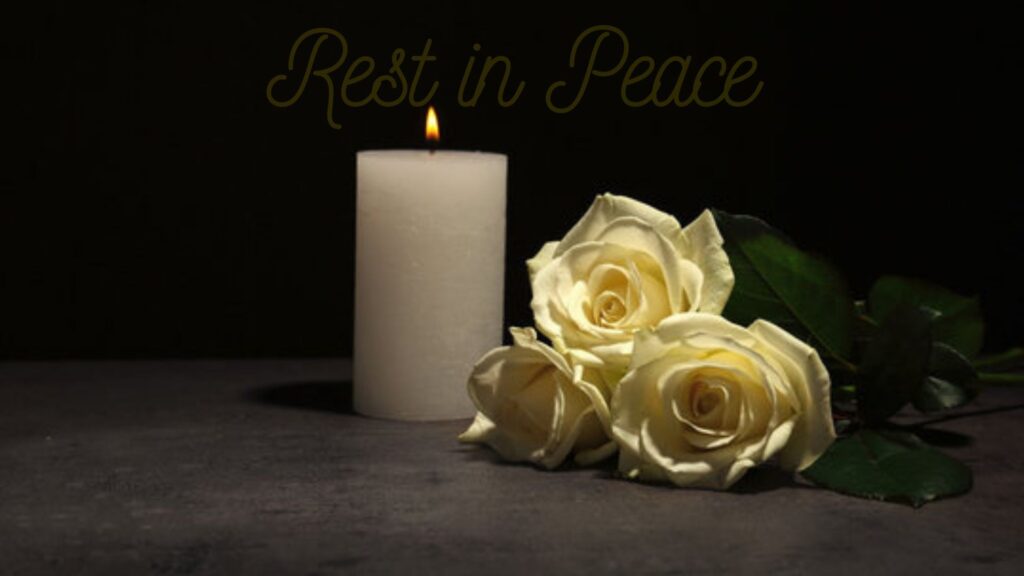Akintunde Campbell dies in fatal Rochester shooting
Fatal Rochester shooting death of Akintunde Campbell
Video evidence from a Rochester police encounter reveals Akintunde Campbell extracting a handgun from his sweatshirt before officers opened fire. The body-worn camera footage, released Monday, shows Campbell displaying the weapon pointed downward while officers urgently demanded he “drop it now.”
The patrol officers’ commands came rapidly as Campbell maintained his position. Less than five seconds passed between the display of the weapon and the first gunshot, which struck Campbell in the chest and proved fatal. Throughout the incident, Campbell did not elevate the weapon or discharge it.
Rochester City Council President Miguel Melendez expressed concern about the speed of the incident. “My main concern is how quick it happened,” he stated. “I’m not a trained officer… but I feel this was fast… really was split-second decisions.”
The New York State Attorney General’s Office is conducting the standard investigation into officer-involved shootings. The two unidentified officers involved are currently on administrative leave with pay.
Body camera video indicates the incident began around 7:30 p.m. on July 31 when officers approached Campbell on Ernestine Street. Police indicated receiving multiple 911 reports describing suspicious behavior in the vicinity. Campbell’s registered address was confirmed to be on Ernestine Street.
Initial video segments lack audio due to the department’s recording policy. About 20 seconds into the recording, officers attempted to detain Campbell. After briefly struggling, Campbell resumed walking. The officers subsequently drew their firearms and began questioning him.
Campbell inquired about the officers’ interest in his hand before retrieving the handgun. The weapon was later identified as a Palmetto State Armory 9mm pistol containing 13 cartridges, exceeding New York’s maximum allowance of 10 rounds.
Rochester Police Chief David Smith defended the officers’ actions. “Everyone involved responded exactly the way they were trained,” he commented. “Medical aid was rendered immediately. The officers were calm and professional on the radio.”
Following review of the footage, three Rochester City Council members issued a statement emphasizing “the need for better mental health and crisis services” in the community. The union representing police officers criticized the council members’ “troubling bias,” defending the officers’ professional response to a “volatile and dangerous situation.”

